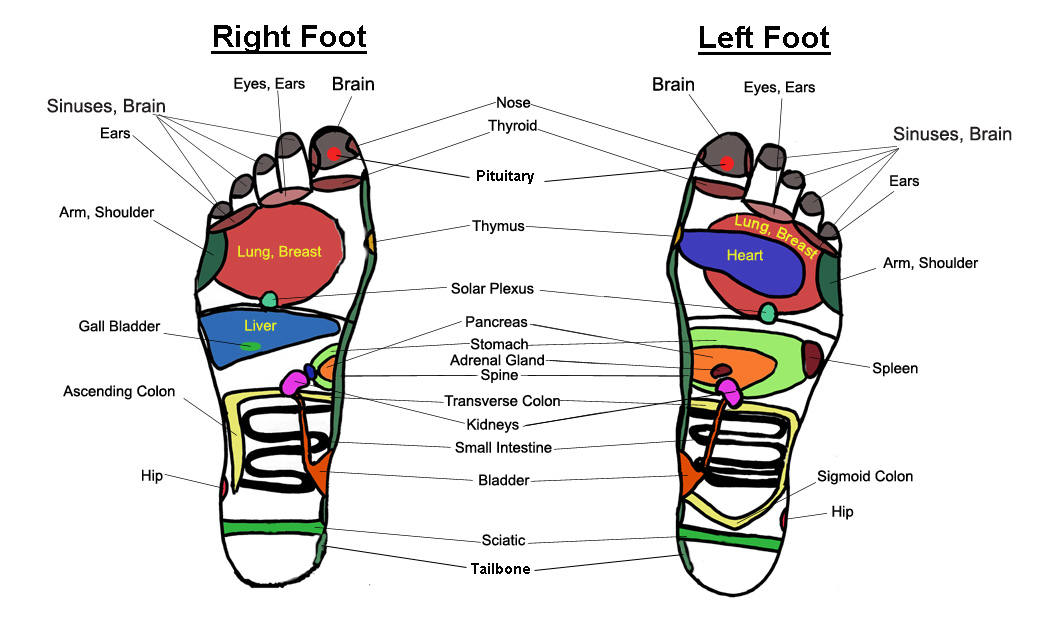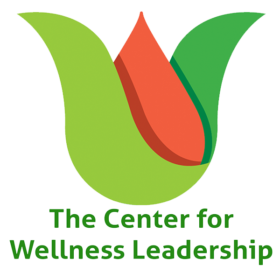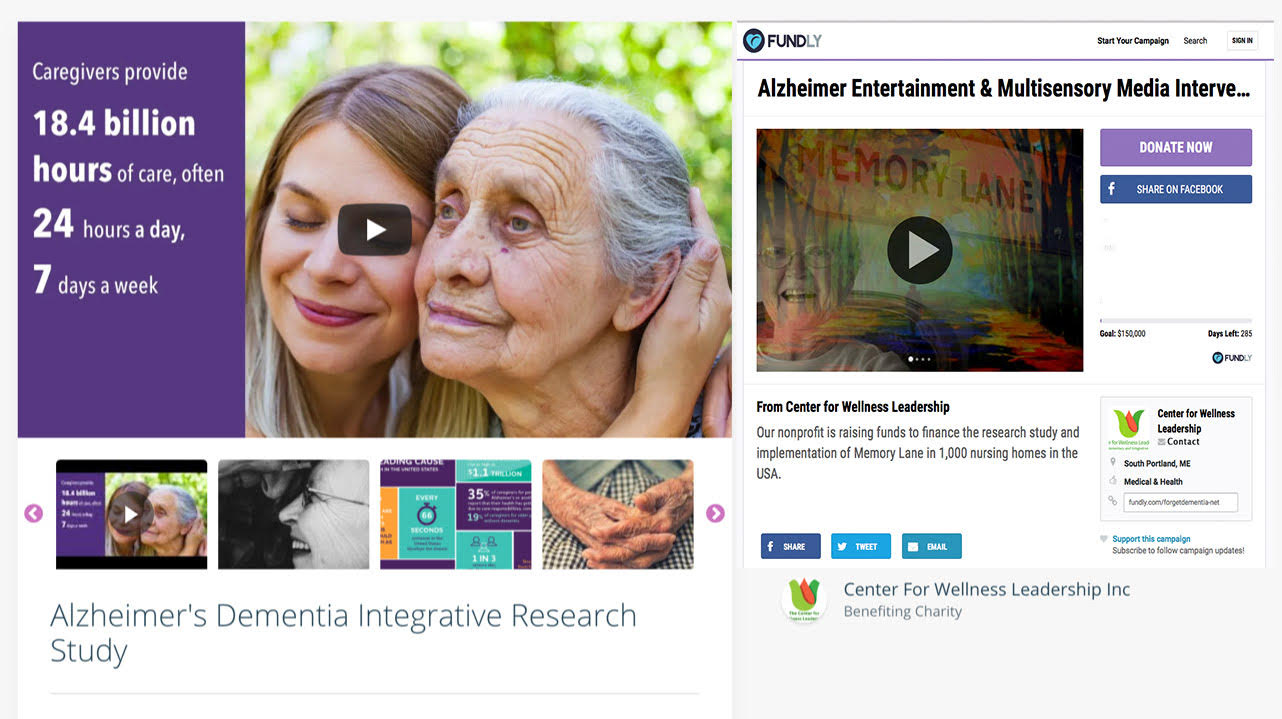Evidence
Studies have shown that foot reflexology has been “effective in improving the quality of life of cancer patients, decreasing anxiety and stress, reducing anxiety associated with menopause symptoms, helping to cope with the pain of fibromyalgia, improving the quality of sleep in women after giving birth and in many other health problems” (Esmel). Additionally, the practice has been shown to improve the lives of patients living with MS by facilitating blood and lymph circulation, and deceasing anxiety, stress, and depression. More studies are needed to increase our understanding of ways that reflexology can assist us in our wellbeing.
Esmel-Esmel, N., Tomás-Esmel, E., Rollan, Y. A., Cáceres, I. P., Montes-Muñoz, M. J., & Jimenez-Herrera, M. (2016). Exploring the body through reflexology: Physical behaviors observed during application. Complementary Therapies in Clinical Practice, 25, 52-58. doi:10.1016/j.ctcp.2016.08.005
Nazari, F., Soheili, M., Shaygannejad, V., & Valiani, M. (2017). A comparison the effects of reflexology and relaxation on the psychological symptoms in women with multiple sclerosis. Journal of Education and Health Promotion, 6(1), 11. doi:10.4103/jehp.jehp_166_14






